Ti Woody Explained in graphic detail.
Here it is. The pictures and explanation I am a bit overdue on. I needed to get the machining under control so I could get these beauties shipped, and needed to finish up a patent filing before I was able to get into all of the details. So here we go.
Here is what all the parts look like disassembled. An important note is this unit and all my current units are very easy to take apart and reassemble without tools. This is rather nice for cleaning.
First thing to notice is how the condenser tube (the thin metal tube with the two o-rings on it) is longer than the wood stem. The allows the condenser to extend into the Titanium tip a good distance for a few important reasons.
#1 This reduces the amount of residue from extraction that comes in contact with the wood to almost zero. This keeps the wood from taking on an odor from whatever you are using in your unit.
#2 This helps with temperature and heat management. As some of you with VapCaps are aware, there is a substantial amount of air that comes in the air port or hole as the cap does fit somewhat tight. This airflow performs a few really important functions.
A. It cools the condenser tube which then helps cool the vapor as it transits from the extraction chamber.
B. As the air cools the condenser, it is warmed up which keeps the extraction at temperature longer.
#3 The coaxial arrangement of the condenser tube within the titanium tip creates a pressure drop as the dilution air velocity is accelerated as it flows through this annular space, and faster flow means lower pressure. A lower pressure here helps pull the vapor out of the extraction chamber in the titanium tip without the need for much flow through the tip.
I have heard many comments on the restricted flow through these devices, but please understand, it will be difficult to increase it substantially. The Ti tips should flow better and more consistently than the glass units as these are machined to a precise tolerance and the glass isn't. But keep in mind, the more airflow through the extraction chamber, the faster the temperature drop. There is a balance here that needs to be maintained and perhaps dialed in a bit more, but if all goes well, I will have that addressed soon. I am working on an airflow improvement and user actuated variable adjustment design, but am primarily focused on order fulfillment right now.
The condenser tube has two different sized four lobed O-rings on it. The larger one is on the end, and it allows for a friction fit into the end of the wood stem. The next one is just a bit smaller, and it helps keep the tube centered inside the stem. This one needs to be between the dilution air inlet port and the mouth end O-ring. If it is between the air port and the tip, it will block the airflow.
Next is the high temperature O-rings. These are awesome. Call me strange, but I really like O-rings. Extremely simple and useful devices. In this application, they serve several very important functions.
#1 Thermal isolation. These high temperature O-rings keep the really hot Ti tip from completely touching the wood. This reduces how hot the wood gets, and helps keep the Ti tip hot for a longer period.
#2 Fitment. The O-rings allow for variance in the wood internal diameter. This permits different expansion and contraction rates for the wood versus the Ti tip as well as the typical shifting in dimension wood experiences due to humidity. With these O-rings, the tip can just push right on and stay put.
#3 Universal fit. These tips represent the beginning of the DynaVap modular vaporizer system. These tips and the condenser tube will fit into both a Ti Woody stem, or a glass tube, and what I hope will be an ever increasing array of accessories both from me and hopefully some created by the vaporizer community. Just make a piece with an 8mm bore, and it fits! This also allows for the Ti Woody stem to be inverted in case you prefer your dilution air hole to be closer to the tip.
This picture shows how far the condenser tube goes into the Ti tip.
Here is a picture of the mouthpiece end with the condenser tube installed. It should be rather flush with the end of the wood. Does it get hot? Well if you touch it directly with your lips while completely plugging the dilution air port, you will probably notice the temperature, but I haven't found this to be a problem or the tube to be hot enough to hurt.
I also have a picture of the inside of the new Ti tips. The ceramic diffuser is held in place by a very small retainer ring and both pieces can be pushed out with, wait for it.... The condenser tube. No special tools needed! This gives the caretaker the ability to completely disassemble the unit to clean and or replace parts.
The helical grooves are intended for airflow. They are designed to channel the air around the fins and the around the extraction chamber to preheat it so it does not prematurely cool down the chamber below the required temperature for effective extraction.
I think they also look interesting.
As always, please do not hesitate to contact me with questions or thoughts.
Cheers,
George
 which I don't mind too much, its definitely not combustion, fuck that
which I don't mind too much, its definitely not combustion, fuck that 
 which I don't mind too much, its definitely not combustion, fuck that
which I don't mind too much, its definitely not combustion, fuck that 

 Plus with the tips being titanium they'll hold heat longer than glass! I'm stoked
Plus with the tips being titanium they'll hold heat longer than glass! I'm stoked 
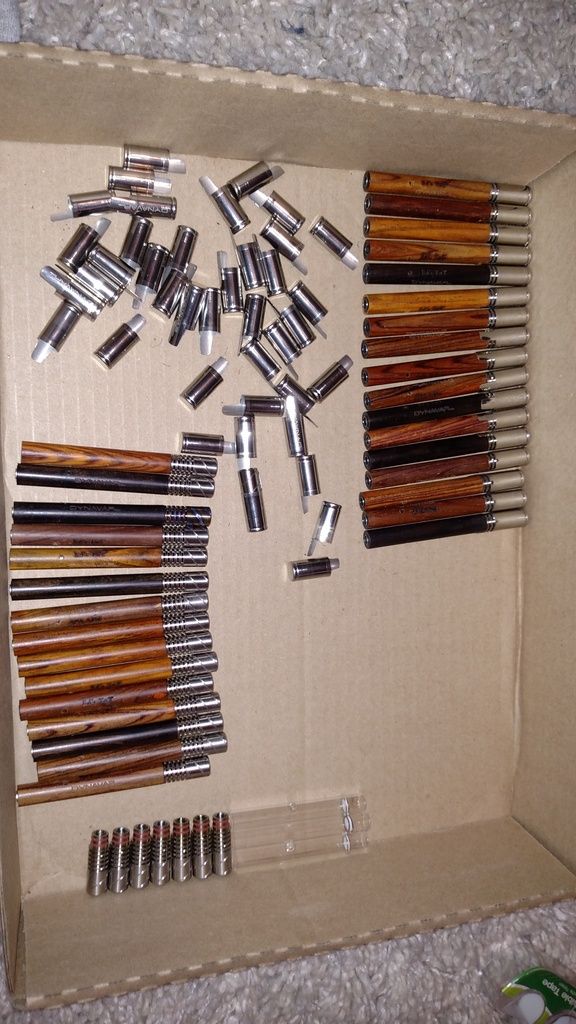
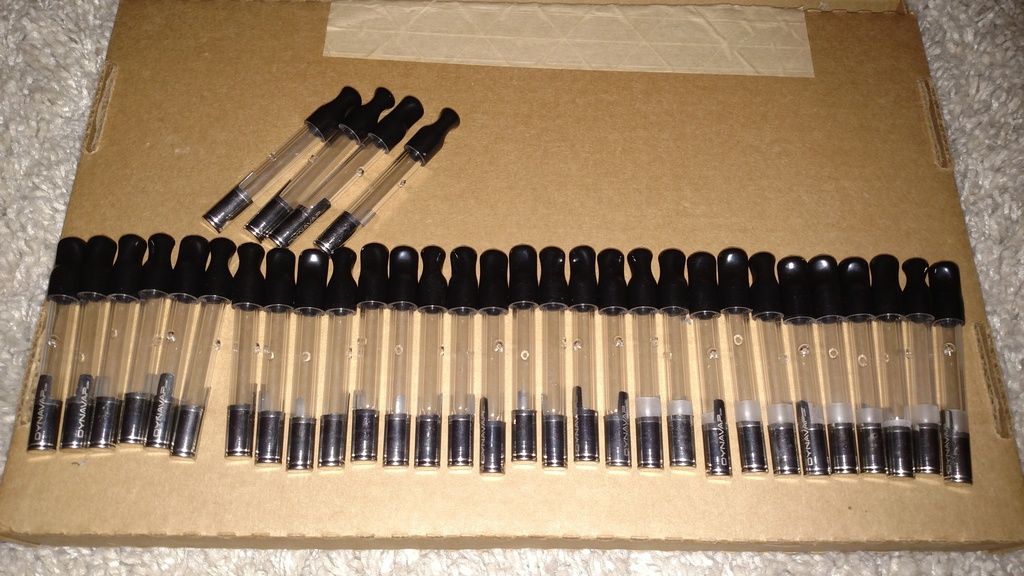
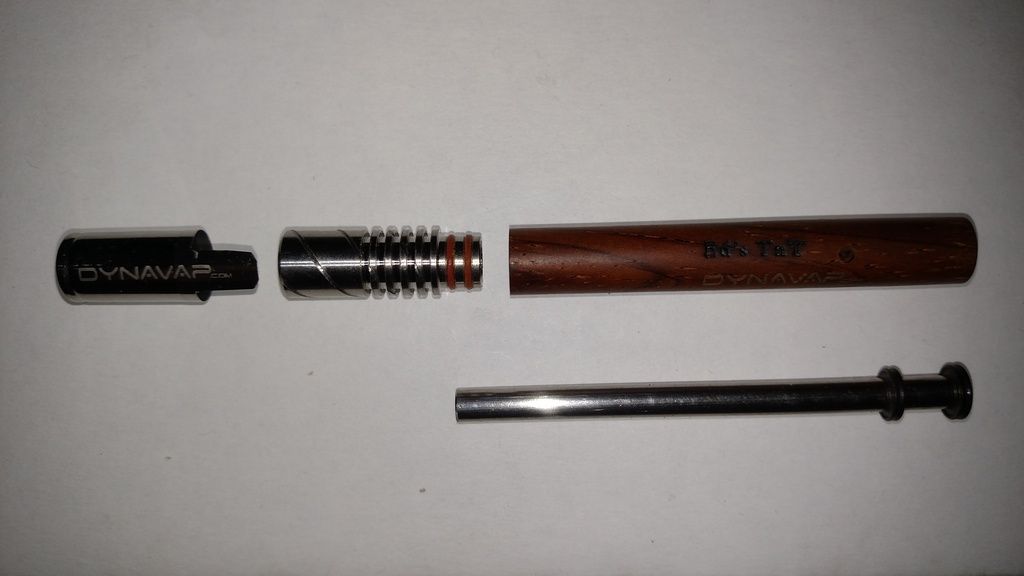
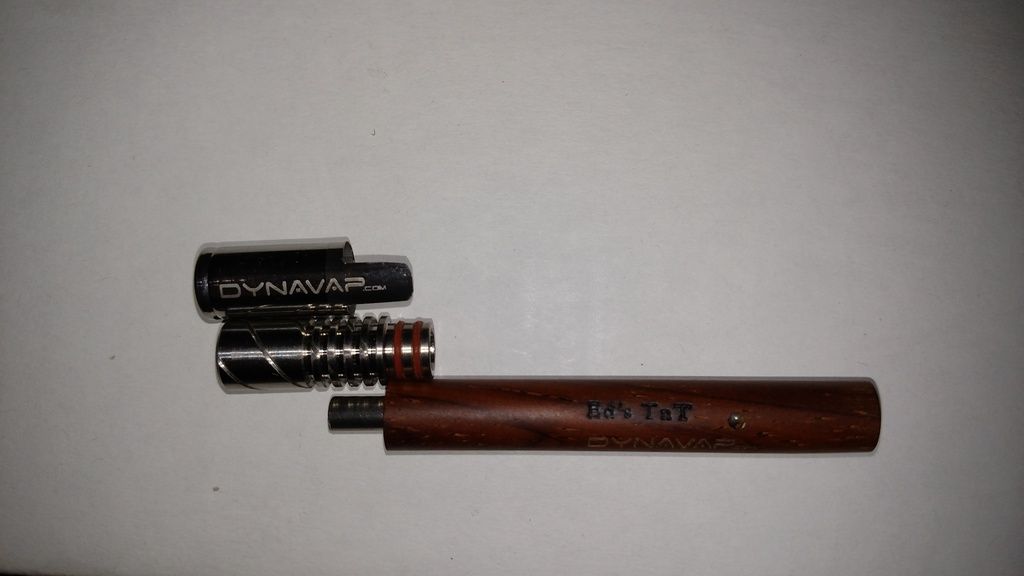
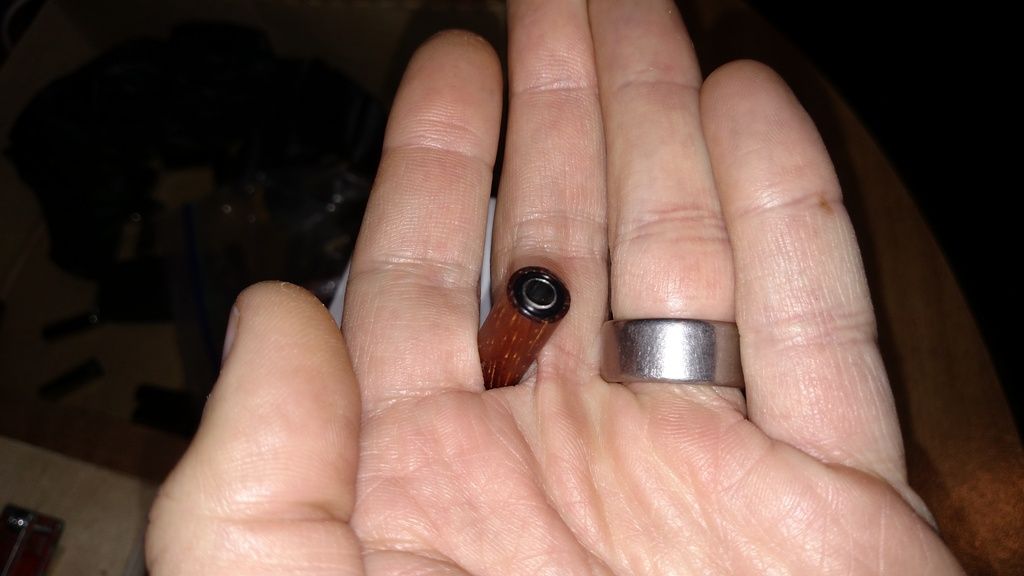
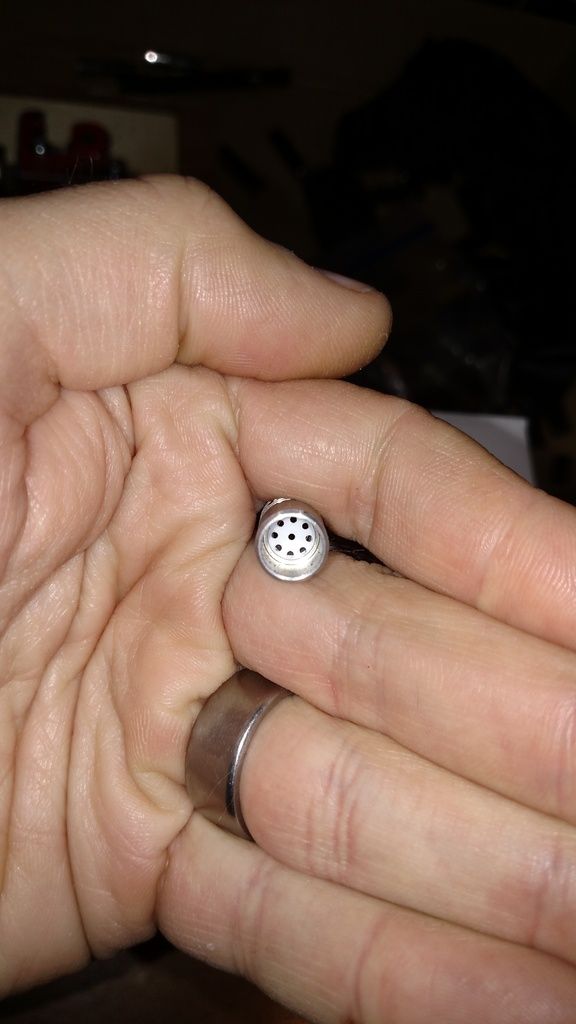
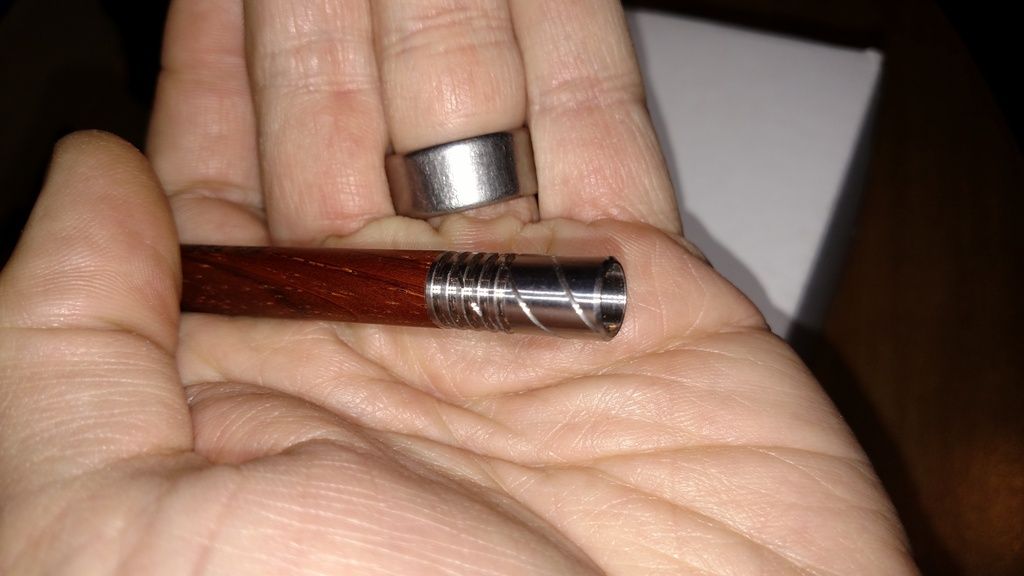
 *checks Woodie tracking status*
*checks Woodie tracking status*
